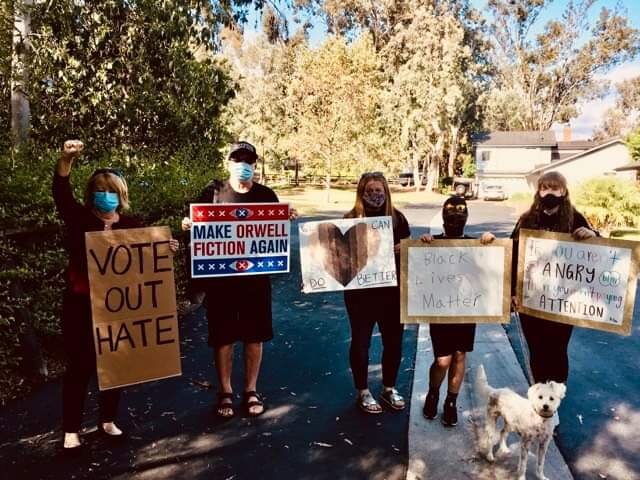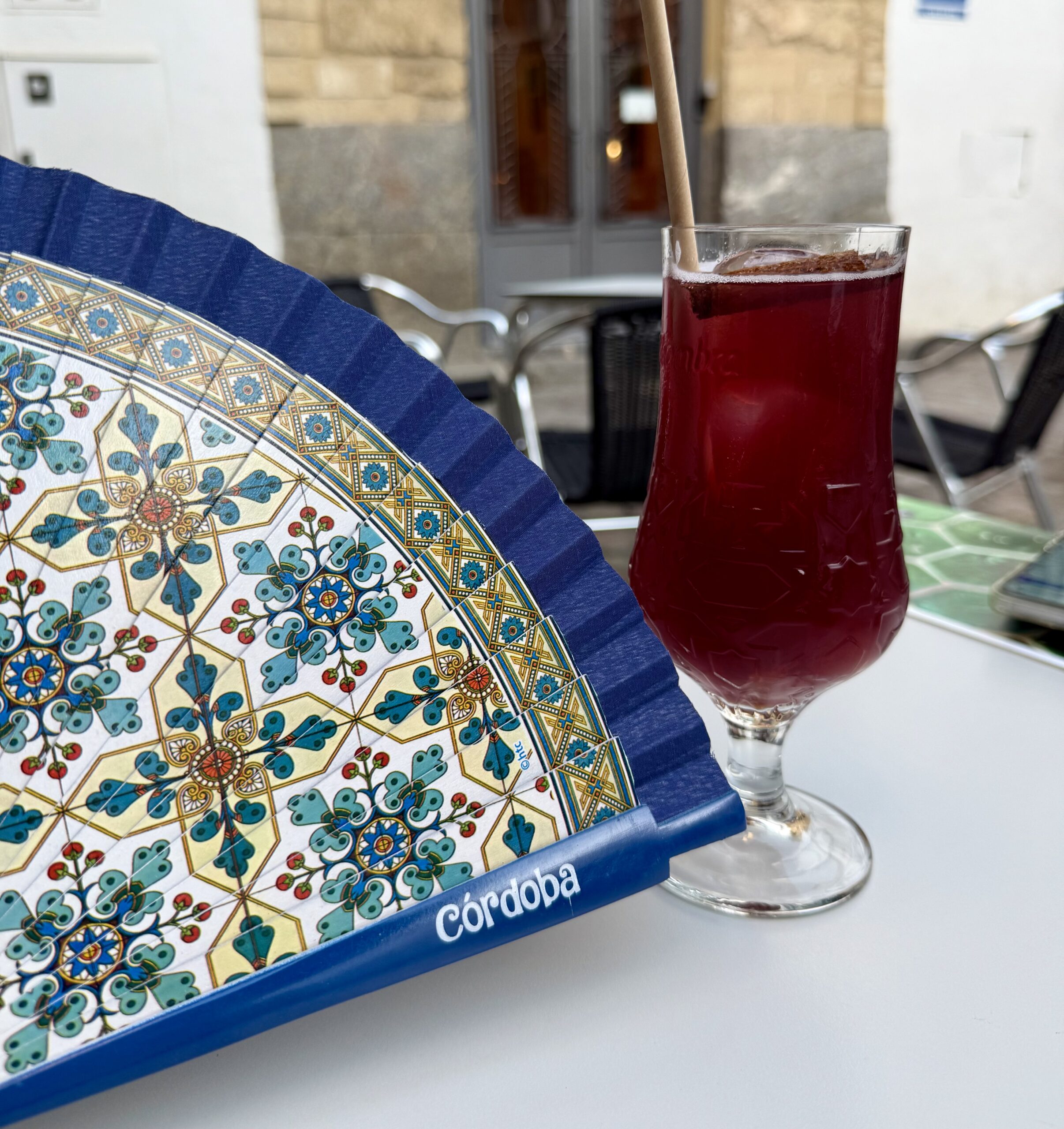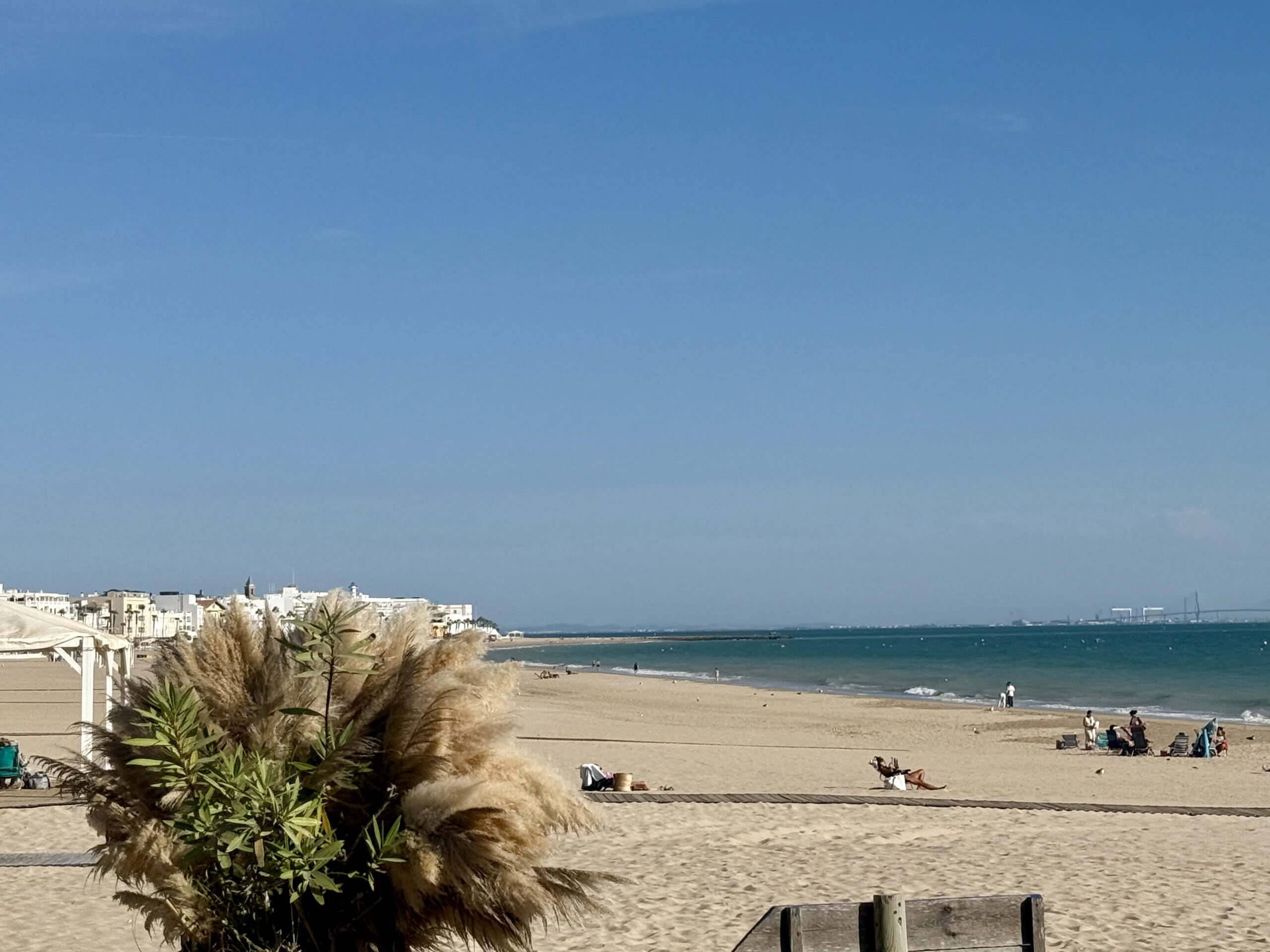
March of our better angels
June 8, 2020
The feel of this planned march on Saturday was that it was less of a protest than an expression, a demonstration of whom we believe we truly are as a country and a people.
The ethnic makeup of this part of Orange County is predominantly white and until 2018 anyway, predominantly Republican and conservative. Yet, estimates of the crowd ran into the “thousands” (probably an effusive count) but certainly far more than the local demographics would have predicted.
The overall spirit was innocence abiding, positivity and good fellowship. As our little gaggle stood waving our signs, Carol’s daughter said she felt she was promoting a high school car wash. And it felt just like that. Carol and I joined her daughter, son-in-law and two grandchildren and a neighbor of theirs as if we were hawking the kid’s car wash.
This is not to diminish the seriousness of purpose of why we were there on the sidewalk on Saturday. Quite the opposite. The spirited mood came directly from the experience of seeing white and black and brown, young and old and entire families walking, gathering or honking their solidarity as they drove past. Worries of creeping fascism (mostly a typical Reid-being-Reid fevered overstatement) disappeared among the simple outpouring of affirmation that our better angels are still confidently in charge.
“In April of 1971, I accompanied a small group of Vietnam veterans to their march and protest in Washington, D.C. An apocryphal story circulated among the demonstrators that on the day of the veteran’s march, a reporter covering the event asked a lady passerby what she thought. “Well, I think it will be bad for troop morale,” she stated. “But, ma’am,” the reporter replied, “these are the troops.”
The day felt like a transition was well underway, following several days of anarchic outbursts and authoritarian repression. The marches are continuing, growing in size and expanding to even the small towns of America, with no signs of abetting. They will dwindle down, of course, but by the time that occurs, a restored sense of who we are should replace the one of who we’ve feared we were becoming.
In 1955 the newspaper photograph of the bloated and bludgeoned face of 14-year-old Emmett Till galvanized a nation and led to the modern civil rights movement. In 2020 the cell phone video of the murder of George Floyd seems to be yet another galvanizing image. I do believe that racism is too much a part of the white man’s DNA to rid this country of its existence. But there’s plenty of room for increased tolerance and understanding, as well as demanding our cities’s police departments behave as protectors instead of urban terrorists, or worse, merely the Klan in blue.
In April of 1971, I accompanied a small group of Vietnam veterans to their march and protest in Washington, D.C. An apocryphal story circulated among the demonstrators that on the day of the veteran’s march, a reporter covering the event asked a lady passerby what she thought. “Well, I think it will be bad for troop morale,” she stated. “But, ma’am,” the reporter replied, “these are the troops.”
Reform follows awareness, and there won’t be any reform until we’re fully aware that, for African Americans, the police are a hostile force, and a constant threat to their safety. White people will have to step up their game and understand that a threat to blacks is a threat to whites. Our first step, as white people anyway, is to show up on November 3rd, and fix the imminent threat to freedom and democracy that we brought on ourselves in 2016.



Be the first to comment